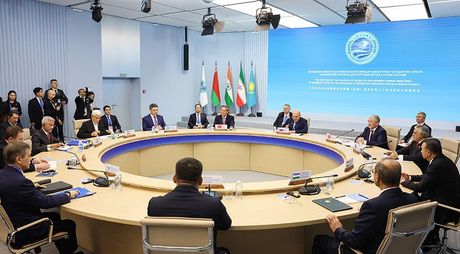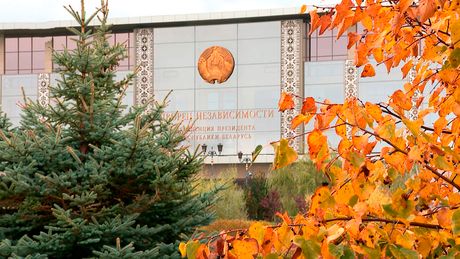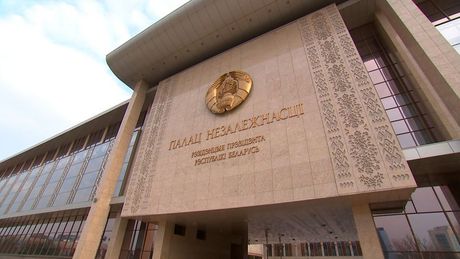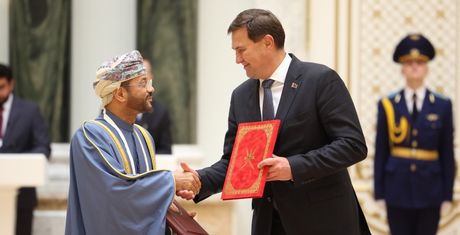IAEA chief visits BelNPP
16:40, 1 October
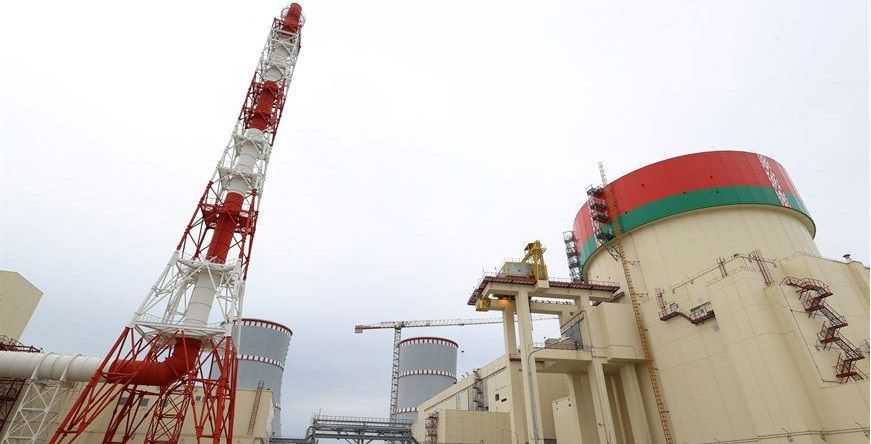
Photo: BELTA
IAEA Director General Rafael Grossi is paying a visit to the Belarusian Nuclear Power Plant (BelNPP), BelTA has learned.
- Share on Facebook
- Share on VK
- Share on Twitter
The agency's representatives are set to visit a number of key facilities of the plant, including the central control room and turbine compartment of the first power unit, and get familiar with the operation of the plant's training center. The IAEA delegation is also expected to hold a working meeting with Belarusian Deputy Prime Minister Viktor Karankevich.
Cooperation with the IAEA is multilateral and covers a wide range of areas. The agency assists Belarus in the most important issues related to the implementation of the national nuclear power program and the development of nuclear energy infrastructure and nuclear safety. At all stages of the BelNPP construction, the IAEA provided technical and expert support to Belarus. IAEA assessment missions became an important component of joint work. All key missions of the agency recommended for countries building the first NPP were carried out in Belarus in a span between 2012 and 2022. They proved that that the BelNPP project met the highest safety requirements. In addition, the successful experience and positive practices of our country were praised in a number of areas, which now serve as an example for other countries that are newcomers to the nuclear power industry.
Having no rich hydrocarbon reserves, Belarus has placed hopes on peaceful atomic energy. In fact, the country has developed a new high-tech branch of the economy - nuclear power. Belarus has built its first nuclear power plant near Ostrovets, Grodno Oblast using the Russian design AES-2006 featuring two VVER-1200 reactors with the total output capacity of 2,400MW. The design boasts a dual protective shell and a core catcher that will stop radiation from leaking into the outside world. The design is compliant with requirements for the 3+ generation of nuclear power reactors. The new design provides protection against earthquakes, tsunamis, hurricanes and plane crashes.
The first unit of the Belarusian nuclear power plant was put into commercial operation in June 2021, with the second one going online in November 2023. The commercial operation stage was preceded by a large amount of work to check the readiness of technological systems and equipment for the development of thermal and electrical capacity, to conduct the necessary tests, and to train personnel. Annually, the BelNPP will generate about 18 billion kWh of electricity and meet more than 40% of the country's domestic electricity needs. The nuclear power plant is not only a guarantor of Belarus' energy security, but also a significant contribution to the overall effort to mitigate climate change. The BelNPP will ensure the annual reduction in greenhouse gas emissions by about 7 million tonnes.
Nuclear power provides more than 10% of the world's electricity. According to the latest IAEA forecast, nuclear installed capacity is seen to more than double by 2050 to 890 gigawatts electric (GW(e)). More and more countries are turning to nuclear power as a clean and reliable source of energy to address energy security and climate change. Today, when other states are just starting to implement national nuclear programs, Belarus has already developed its own nuclear infrastructure. The BelNPP contributes to the country’s economy, bringing tangible results.



